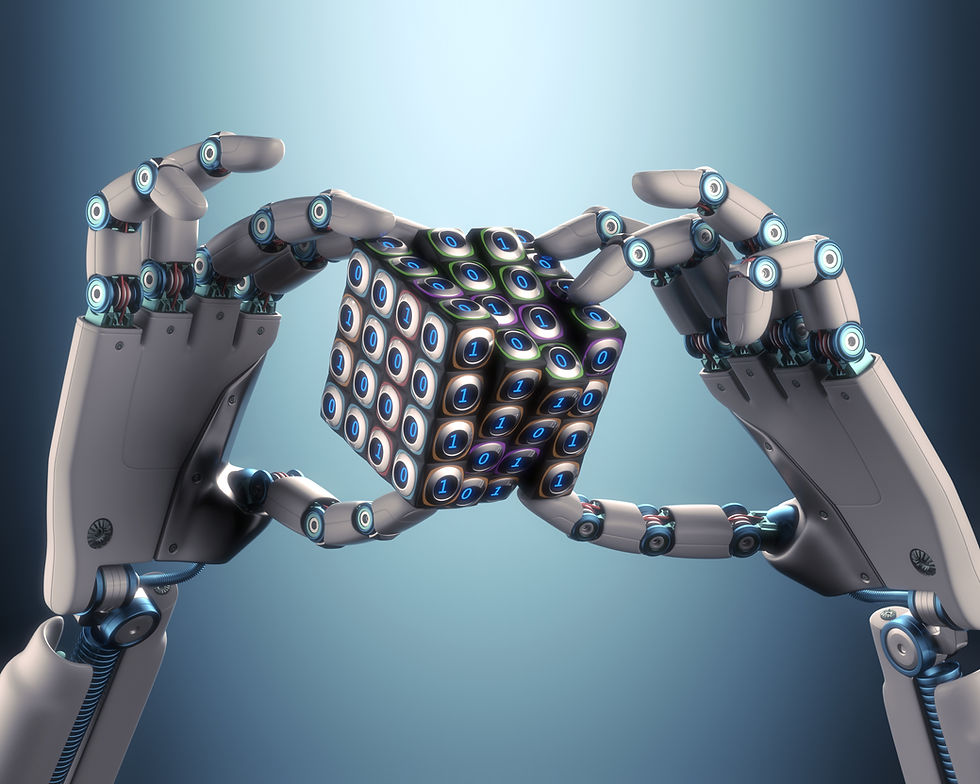Japan’s Innovation in Robotics and Its Global Impact
- Lucas Johnson

- Sep 8
- 2 min read

When it comes to robotics, few countries have earned as much global respect as Japan. Over the last few decades, Japan robotics has not only redefined technological boundaries but also set the standard for how machines integrate into society. From industrial robots that power global supply chains to humanoid robots designed for companionship and care, Japan’s innovation is influencing the future of industries and everyday life.
Why Japan Leads in Robotics
Early Investment & Vision – Japan invested heavily in robotics during the post-war era, anticipating labor shortages and global competition.
Industrial Strength – Companies like FANUC, Kawasaki, and Yaskawa dominate the global industrial robot market.
Cultural Acceptance – Unlike many Western societies, Japan embraces robotics as supportive partners rather than threats.
Government Support – National strategies actively promote automation to counteract aging population challenges.
Applications of Japan Robotics
Healthcare & Elderly Care: With one of the world’s oldest populations, Japan deploys robots like Paro (therapy seal robot) and care-assist machines in hospitals and nursing homes.
Manufacturing & Logistics: Precision robots streamline automotive, electronics, and semiconductor production.
Humanoid Robotics: From SoftBank’s Pepper to Honda’s ASIMO, Japan pioneers socially interactive robots.
Disaster Response: Robotics play a vital role in earthquake and tsunami recovery efforts, showcasing practical applications beyond factories.
Global Impact of Japan Robotics
Setting Industry Standards – Japanese robotics companies supply critical tech to manufacturers worldwide.
Driving Collaboration – Partnerships with European and US companies accelerate global automation.
Shaping the Future of Work – Robotics in Japan inspire policies and debates on AI, automation, and human-robot collaboration globally.
Exporting Technology & Culture – Beyond hardware, Japan exports its philosophy of harmonizing humans and robots.
As Japan continues refining AI-driven robotics, the world watches closely. The fusion of Japan robotics with artificial intelligence, 5G, and next-gen materials promises breakthroughs in both efficiency and human experience. With industries worldwide facing labor shortages and rising demand for efficiency, Japan’s robotic innovations are not just national achievements—they are a global necessity.




Comments